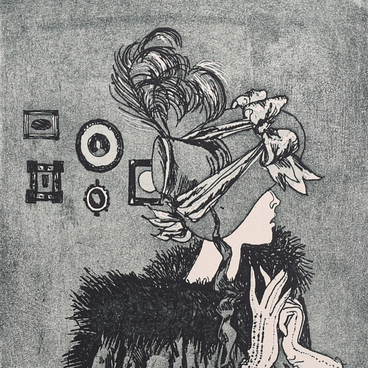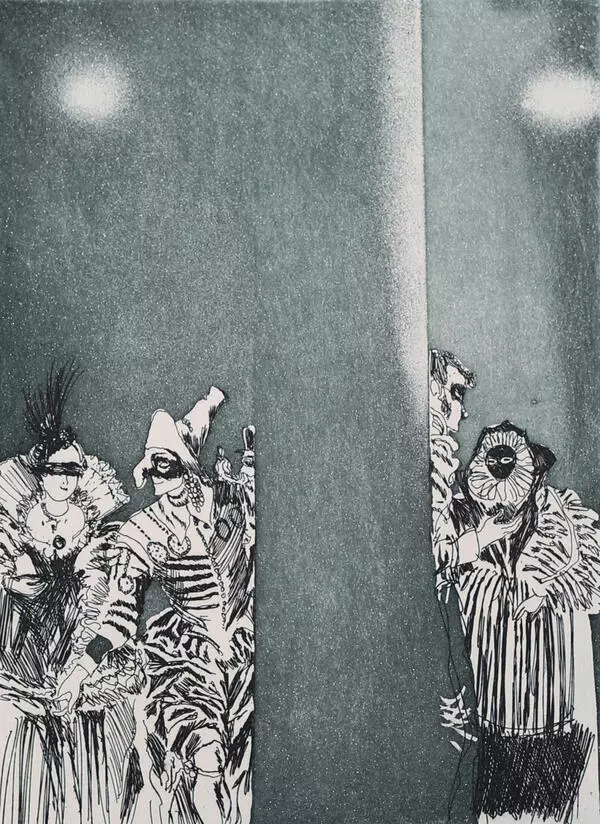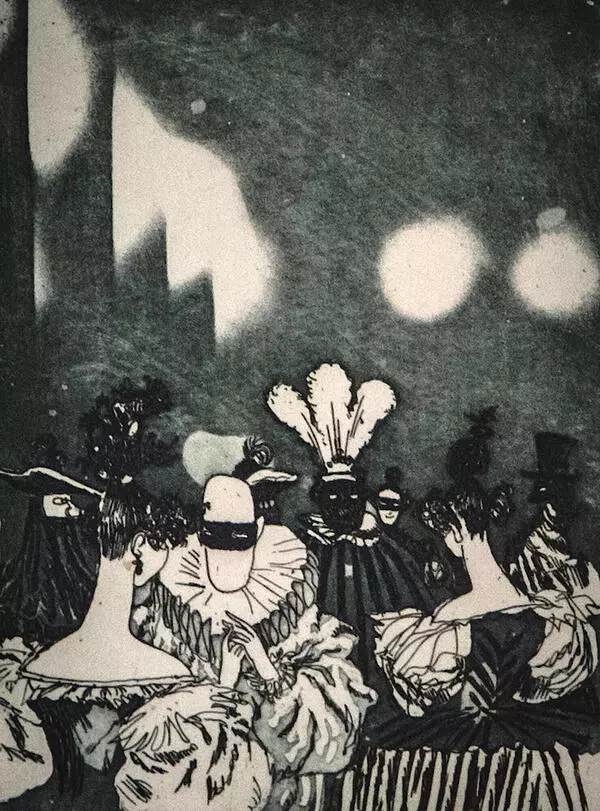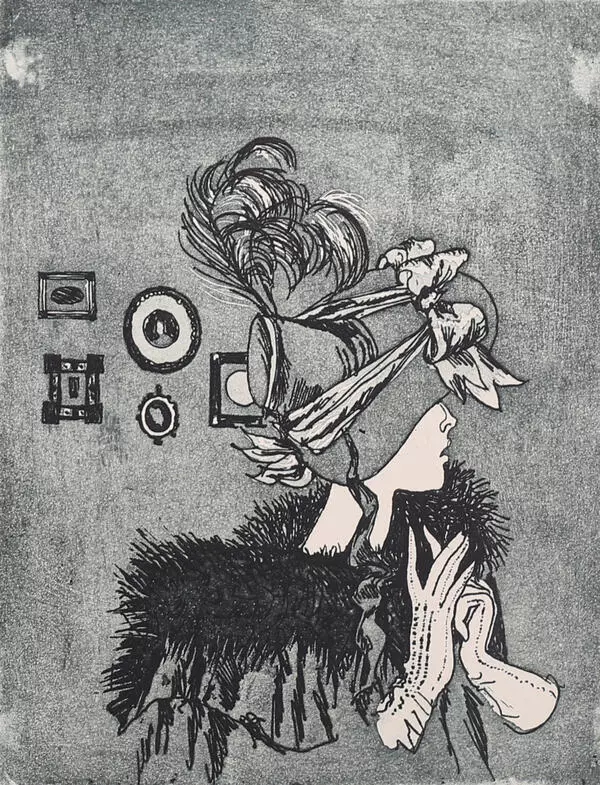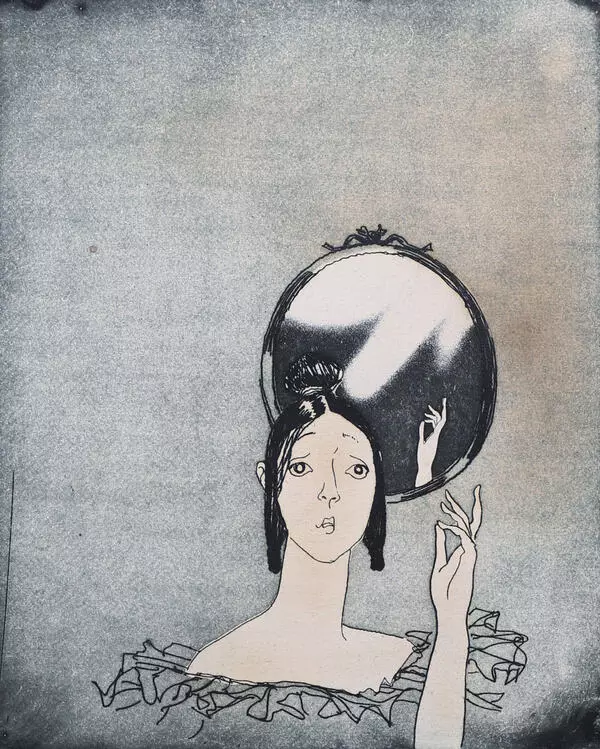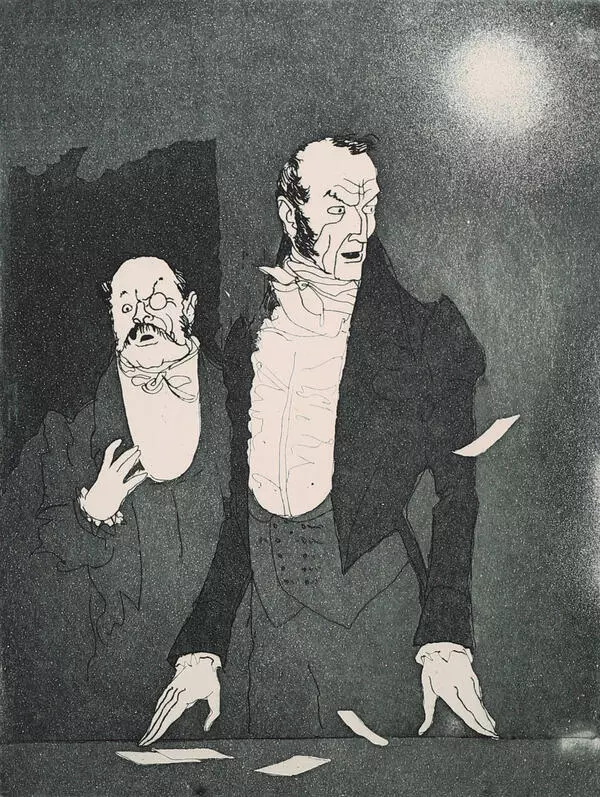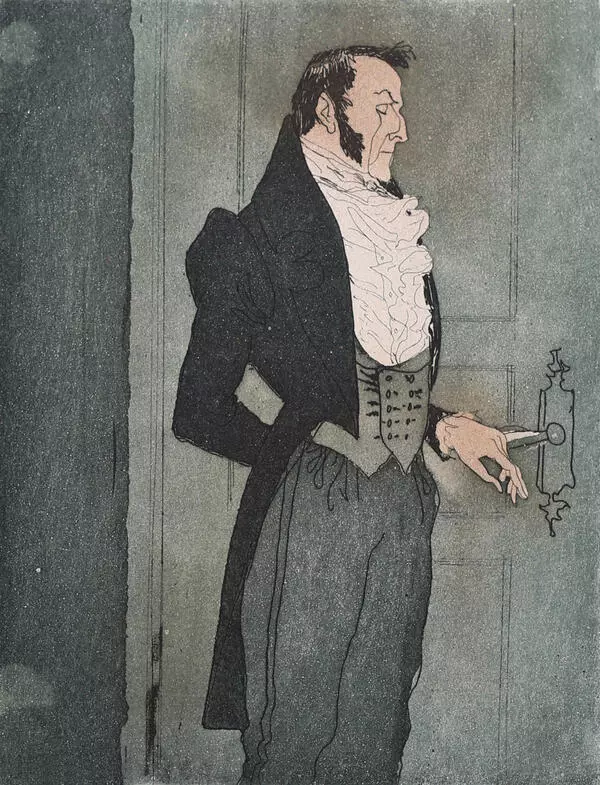Svetozar Alexandrovich Ostrov (born 1941) is a painter, graphic artist, and illustrator from Leningrad. In total, he has illustrated over 200 books, including works by Hans Christian Andersen, Charles Perrault, John Ronald Tolkien, Alexander Ivanovich Kuprin, Korney Ivanovich Chukovsky, and Daniil Ivanovich Kharms.
In addition to book illustrations, Svetozar Ostrov also created easel and applied graphic works. He became a member of the Union of Artists in 1970. In 2006, he was awarded the silver medal of the Russian Academy of Arts.
Svetozar Ostrov is a participant and winner of numerous exhibitions dedicated to book graphics and illustrations in Russia and abroad, including the Biennale of Illustrations in Leipzig, Germany. The artist’s works are kept in museums and private collections in Great Britain, Russia, the USA, France, and other countries.
The artist has tried various techniques — from pen drawing and watercolor to etching and monotype. Whenever he started illustrating a new book, he would strive to create his own, unique artistic language and style for it and not mirror the images already in existence. In this relentless search for new perspectives lies the secret of the artist’s amazing skill and success. His characters, always so different from one another, can be graceful, dynamic, and sometimes even rugged, but they never fail to be vivid and artistic, just like the artist himself.
His illustrations for Mikhail Lermontov’s play “Masquerade” are exquisite, vibrant, and intensely dramatic. This version of the image of Baroness Strahl at the masquerade also features a vertical composition.
While the other version of the baroness, also on display, portrays her with an unusual headdress and a pelerine covering her shoulders, in this one the artist opted for a dress with puffy sleeves and a high hairstyle that were characteristic of the Lermontov era.
Baroness Strahl, one of the main characters of the “Masquerade”, is depicted sitting, turning her head to the left. She bends her right arm at the elbow and holds an unfolded fan, which partly covers her face and betrays a demanding, bold, and flirtatious look. The Baroness seems to be talking to someone hidden from view.
In addition to book illustrations, Svetozar Ostrov also created easel and applied graphic works. He became a member of the Union of Artists in 1970. In 2006, he was awarded the silver medal of the Russian Academy of Arts.
Svetozar Ostrov is a participant and winner of numerous exhibitions dedicated to book graphics and illustrations in Russia and abroad, including the Biennale of Illustrations in Leipzig, Germany. The artist’s works are kept in museums and private collections in Great Britain, Russia, the USA, France, and other countries.
The artist has tried various techniques — from pen drawing and watercolor to etching and monotype. Whenever he started illustrating a new book, he would strive to create his own, unique artistic language and style for it and not mirror the images already in existence. In this relentless search for new perspectives lies the secret of the artist’s amazing skill and success. His characters, always so different from one another, can be graceful, dynamic, and sometimes even rugged, but they never fail to be vivid and artistic, just like the artist himself.
His illustrations for Mikhail Lermontov’s play “Masquerade” are exquisite, vibrant, and intensely dramatic. This version of the image of Baroness Strahl at the masquerade also features a vertical composition.
While the other version of the baroness, also on display, portrays her with an unusual headdress and a pelerine covering her shoulders, in this one the artist opted for a dress with puffy sleeves and a high hairstyle that were characteristic of the Lermontov era.
Baroness Strahl, one of the main characters of the “Masquerade”, is depicted sitting, turning her head to the left. She bends her right arm at the elbow and holds an unfolded fan, which partly covers her face and betrays a demanding, bold, and flirtatious look. The Baroness seems to be talking to someone hidden from view.



